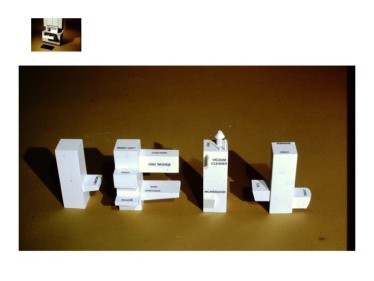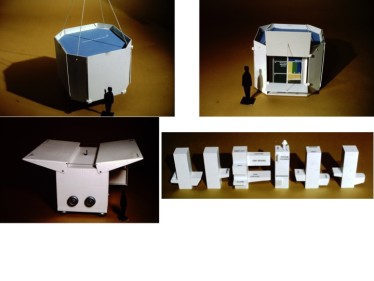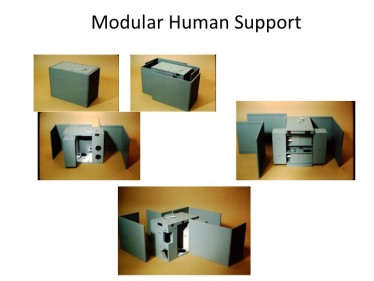
It was raw and gray and chill yesterday, snow in the forecast for this week, so a good day to light a fire, put on the basketball madness in the background and churn through the yellow trays of 35mm slides.
The pictures project has gone in fits and spurts. Dad- Raven in his later years- had been quite a shutterbug. He had a couple of those Minox mini-cameras so he would always have a means to record interesting things, and then a couple of the big-frame Nikons with all sorts of lenses.
I have no idea where those got off to- they were worth some money, back in the day, but there is a lot of stuff that went missing in his last decade and that is just the way it is. The slides remain, and they were all down in his cave in the basement of the little house on the bluff in The Village By The Bay, neatly boxed but in no particular order.
I think there is another crate of them still down in the office part of the garage, but it was too cold to work outside and I contented myself with digitizing the load that I brought up to the house at the beginning of the winter. A writer who specializes in American Motors historical stuff had been bugging me for Raven’s drawings and such, and the only way to find them was to peer at those little cardboard squares with the Kodachrome film sandwiched neatly in the middle.
I bought a Wolverine scanner especially designed to accomplish the task. It has been a challenge to get the process correct- I am always scanning the images in backwards, since the image displayed is too tiny to read things properly, but I found a means to flip them around once they were in digital format.
Anyway, I got through another couple hundred events that had me time traveling back to 1946, when Dad was demobilized from the Navy and attending Pratt Institute on the GI Bill in New York. Those images are of the design renderings he did as part of the Industrial Arts curriculum, and are fascinating. You can see the influence of his modernist taste in common household items- flatware and furniture- and the sleek space-age lines of some kiddie cars that would be translated directly into his automobile and appliance designs later in his career.
There was the family stuff as well, of course. I always thought that Mom had aged pretty well, but it is quite startling to encounter her as a young woman with crimson lips, or in a pretty spring suit on the steps of the Village Women’s Club in the mid-1960s.
I was half watching basketball and mechanically feeding the cardboard squares through the scanner when I got to a couple odd slide trays. There is a fair amount of intuition that has to accompany the individual groups of slides. Raven was meticulous about cataloging his slides in the 1950s, but stopped in the next decade. There are events and people who are quite familiar, and others that are a complete blank.
I wish I had dragged the slide projector and screen over to Potemkin Village and actually looked at them with Mom and Dad while I had the chance, but of course that is the way it always goes. At the end of the day someone winds up with a large box of photos and no idea who they might be.
Oh, yeah, there is one of those in the garage, too, but that will require another scanner and if you don’t know who the people are, who cares, anyway?

Raven comes and goes in the slides. He is normally the one behind the lens, but he had the foresight to capture his artistic and design projects on film, since the originals were often large format or even clay model cars the size of the real thing. So his projects appear at random amid the pictures of family long gone, and kids now old.
I ran across some auto drawings I had not seen before- station wagons, his signature accomplishment being the Rambler station wagon- and he had sketched an elegant modular solution to car-camping with all sorts of gear pre-packaged in boxes specially designed to slip into place in the vehicle. Pretty cool- he had probably seen the concept in the ancient films of Henry Ford and Thomas Alva Edison car-camping in Model-T trucks, and updated the idea accordingly.
Living near the Edison Institute (or Greenfield Village, for non-Detroiters) those tinkerers and inventors were constant companions growing up. Dad had apparently been working on station wagon modular camping gear when he was still assistant head of design at American Motors.
When he shifted over to the appliance business, he did the Kelvinator Originals, a line of appliances influenced with automotive-style pizzazz. These strange contraptions appear to be modular survival/disaster/temporary living modules related to the compartmented gear he designed for the station wagons.
Remember, in Ramblers the front seats always folded down to make a place to sleep- or whatever, hahaha- and this seems to be something he had an idea of selling commercially or to the government. They are pretty slick, and apparently intended to be delivered by helicopter, if the loading straps on the octagonal design are any clue. Might be of interest to FEMA today, or to the survivalist or off the grid crowd. Fascinating look into what people were thinking in 1968.
They are certainly curious artifacts. They would have been useful at Woodstock a few years after he designed them, you know?

Copyright 2014 Vic Socotra
www.vicsocotra.com
